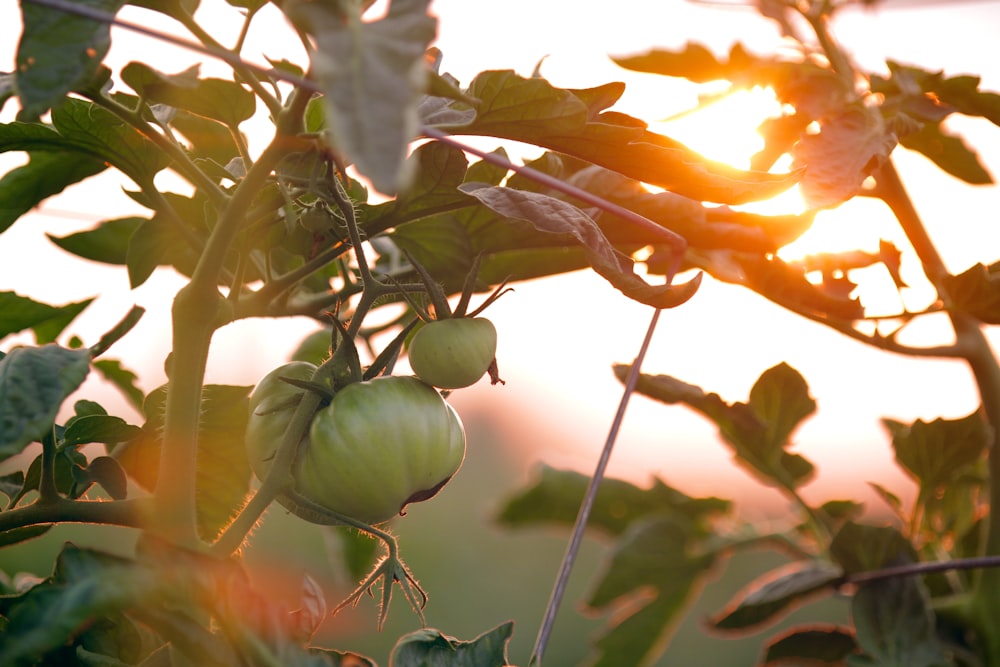Embarking on the Journey of Tomato Cultivation
Growing tomatoes is a rewarding endeavor that allows gardeners to enjoy the bountiful harvest of juicy, flavorful fruits straight from their backyard. Whether you’re a seasoned gardener or new to the world of vegetable gardening, cultivating tomatoes is a relatively straightforward process that yields delicious results with proper care and attention.
Selecting the Right Tomato Varieties
Before diving into tomato cultivation, it’s essential to choose the right varieties for your garden and growing conditions. Tomatoes come in various shapes, sizes, colors, and flavors, so consider factors such as your climate, available space, and culinary preferences when selecting tomato varieties. Whether you prefer heirloom tomatoes, cherry tomatoes, or beefsteak tomatoes, there’s a variety to suit every taste and garden style.
Preparing the Soil
Once you’ve selected your tomato varieties, it’s time to prepare the soil for planting. Tomatoes thrive in well-draining, nutrient-rich soil, so amend your garden bed with compost or aged manure to improve its fertility and texture. Ensure that the soil pH is within the optimal range for tomatoes, which is typically slightly acidic. Loose, friable soil will provide the ideal environment for your tomato plants to establish strong root systems and produce abundant fruit.
Planting Tomato Seedlings
When planting tomato seedlings, timing is key to ensure optimal growth and productivity. In most regions, tomatoes can be planted outdoors after the threat of frost has passed and the soil has warmed up. Dig a hole slightly deeper than the root ball of the seedling and gently remove it from its container. Place the seedling in the hole, backfill with soil, and water thoroughly to settle the soil around the roots. Space the seedlings according to their mature size to allow for adequate airflow and sunlight.
Providing Proper Care and Maintenance
Once your tomato plants are in the ground, they will require regular care and maintenance to thrive throughout the growing season. Water the plants deeply and consistently, keeping the soil evenly moist but not waterlogged. Mulch around the base of the plants to help retain moisture, suppress weeds, and regulate soil temperature. Fertilize the plants regularly with a balanced fertilizer to promote healthy growth and fruit development.
Supporting Tomato Plants
Many tomato varieties benefit from support to keep their sprawling vines off the ground and prevent fruit rot. Stake or cage your tomato plants shortly after planting to provide support as they grow. This will also help improve air circulation around the plants, reduce the risk of disease, and make harvesting easier. Prune the plants as needed to remove suckers and excess foliage, allowing sunlight to reach the fruit and promoting better airflow.
Protecting Against Pests and Diseases
Tomato plants are susceptible to a variety of pests and diseases that can affect their growth and productivity. Common pests include aphids, tomato hornworms, and whiteflies, while diseases such as early blight and powdery mildew can cause leaf damage and reduce fruit quality. To prevent infestations and infections, monitor your plants regularly, and take prompt action at the first sign of trouble. Organic methods such as companion planting and neem oil sprays can help control pests and diseases without harmful chemicals.
Harvesting Ripe Tomatoes
As your tomato plants mature, they will begin to produce ripe fruit that’s ready for harvest. Harvest tomatoes when they are fully ripe and have reached their desired color and firmness. Gently twist or cut the tomatoes from the vine, being careful not to damage the plant or neighboring fruits. Store harvested tomatoes at room temperature away from direct sunlight to allow them to ripen further, or refrigerate them for longer storage.
Enjoying the Fruits of Your Labor
With proper care and attention, your tomato plants will reward you with a bountiful harvest of delicious, homegrown tomatoes that are perfect for enjoying fresh, cooking, or preserving. Whether sliced on a sandwich, tossed in a salad, or cooked into sauces and soups, homegrown tomatoes add unbeatable flavor and freshness to any dish. So roll up your sleeves, dig in the dirt, and get ready to enjoy the fruits of your labor.
(To learn more about growing tomatoes, visit home-radiators.com.)










